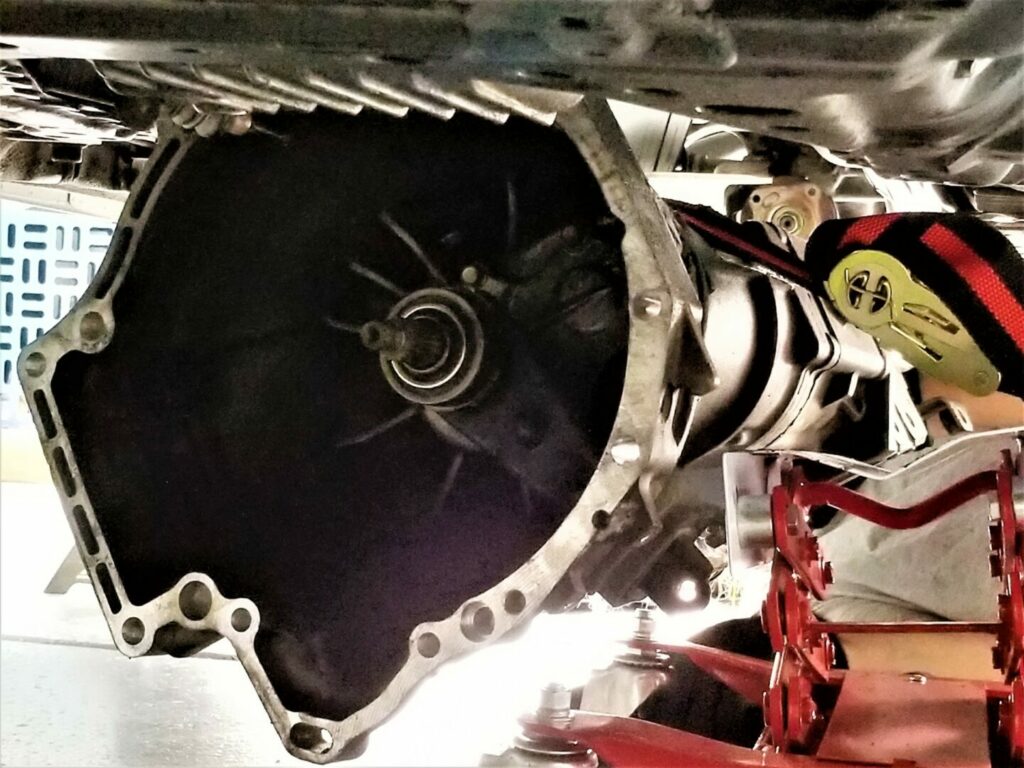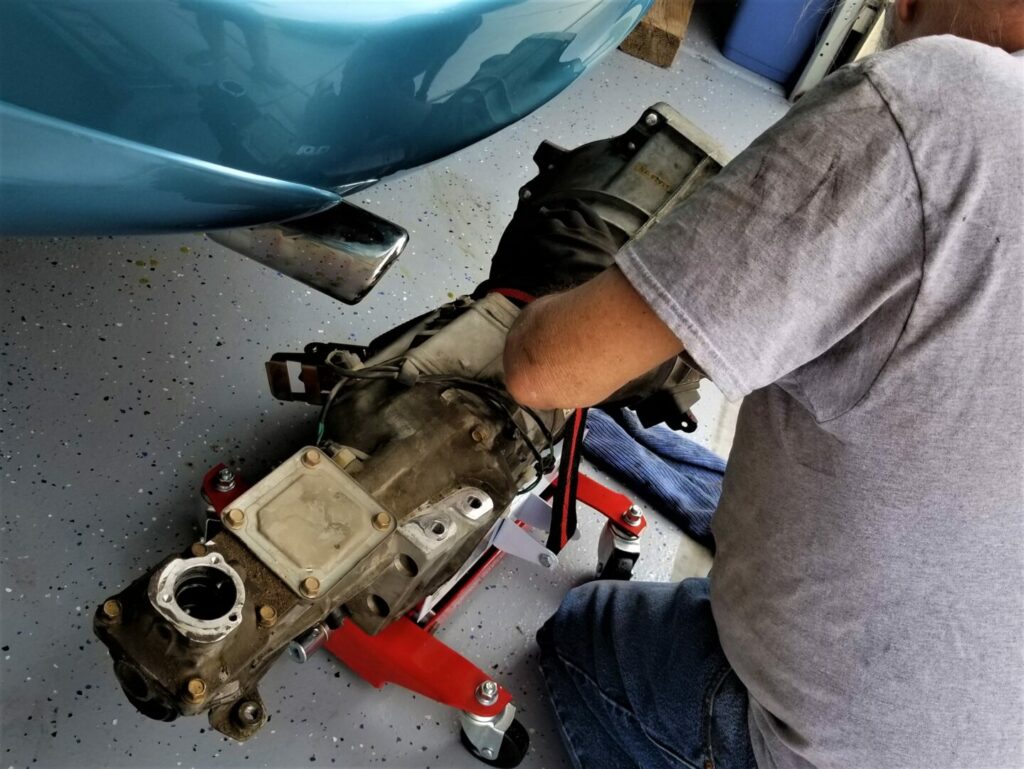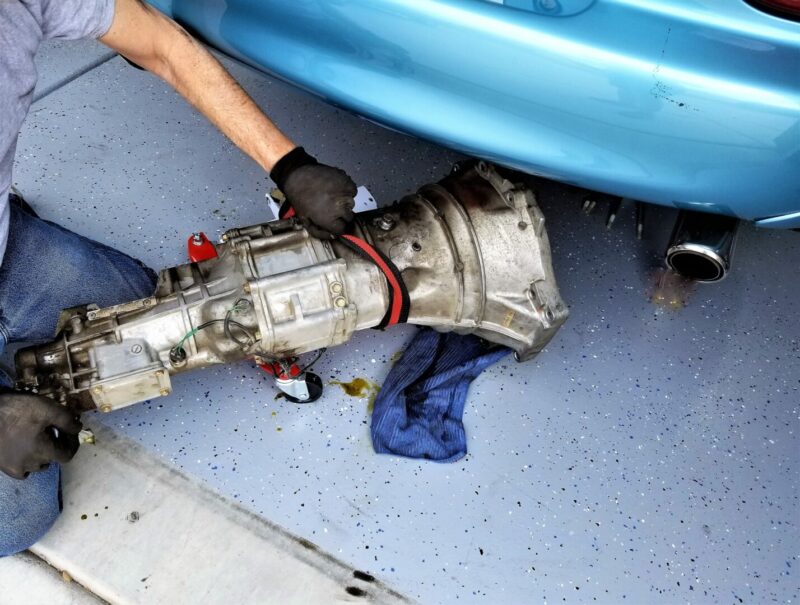Table of Contents Show
Towing is a pretty specific business if you want to do it right. Whether you’re towing your camper/fifth wheel or just a bunch of junk, it’s good to know that the tow is not damaging your vehicle while you ride.
Not overloading the capacity of your vehicle makes for a safe tow. Still, there are things you can monitor along the way.
Keeping a normal transmission temp while it’s pulling is one of those things. An overheated transmission could make for a terrible situation.
If you don’t already know how to properly monitor your transmission temperature, you’re in the right place. Check out these helpful answers, and make your next tow a smooth and safe ride!
Why Is Transmission Temperature Important?
The transmission temperature is essential because excess heat can cause some pretty extensive and sometimes irreparable damage. When your transmission temperature exceeds the recommended range, you risk warping or distorting the metals inside.
High temperatures also do a great job degrading your transmission fluid’s consistency and lifespan. If your transmission overheats while you’re towing something, you could very easily find yourself stranded on the side of the road.
What Temp Should Transmission Be Before Driving?
A transmission the normal operating temp is between 160 and 175 degrees.
Before you get your vehicle out on the road, you’ll ideally want to give it time to warm up. Warming up the fluid inside the transmission gives it a better shot of running at its peak potential.
A simple transmission temperature gauge can work wonders for helping you monitor your transmission’s situation as it develops. If your truck needs one, they’re not very difficult to install.
What Is a Normal Transmission Temp When Towing?
When you’re towing, the added drag and weight of the trailer will make your transmission work harder. Hard work means the internal temperature of your transmission will rise.
To keep your transmission running at a safe temperature, keep the reading between 160 and 220 degrees. Some transmissions can run a safe normal transmission temp at temperatures a little higher than that range. But these numbers work as a general rule of thumb.

How Do I Know If My Transmission Is Overheating?
Understanding the signs and symptoms of an overheating transmission could help you take action before it’s too late. If you notice a sweet or tart-burning smell inside the cab of your vehicle, you could have problems.
Also, pay attention to how it’s driving. Slipping gears or sluggish response times indicate that your transmission is getting too hot.
How Do I Cool Down My Transmission?
There are a few different ways you can take action to cool your transmission if it’s overheating. You can simply pull over, put the vehicle in neutral, and rev the engine.
As a more permanent solution, you may want to consider adding a transmission cooler under the hood. The device will help give your transmission a leg up when towing, as long as it’s not some other mechanical issue causing it to overheat.
Keep in Mind: With temperatures rising, you need a reliable air conditioner. Stay cool this summer with some of our favorite Camping Air Conditioners!

Does Idling Warm Up Transmission?
Idling does warm up the transmission, but it shouldn’t cause it to overheat. When the engine is running but not moving, the fluids inside are still heating up.
However, the engine isn’t moving, so it isn’t cooling itself as efficiently as it should. Idling your transmission for long periods isn’t recommended, but it shouldn’t be a transmission killer.
Any Upgrades That Will Lower My Transmission Temp While Towing?
Sure! There are things you can do to give your truck and your transmission a better shot at a successful tow. Adding a larger automatic transmission fluid (ATF) pan and an auxiliary transmission cooler is key.
Larger Transmission Fluid Pan
When your transmission has more fluid to circulate, it has a better chance of remaining cooler.
The increased volume of fluid and the deeper fluid pan give the innards of your transmission more space to dissipate. It will also disperse the heat created by towing more evenly throughout.
We upgraded our transmission fluid pan to this one by Mag-Hytec and love it. We’ve had ours since 2017 and think it has definitely made a difference.
- package height :44.4 cm
- package length :14.2 cm
Auxiliary Transmission Cooler
The radiator and factory transmission cooler may not be strong enough to keep up with the changes if you’re regularly using your vehicle to tow heavy loads.
It’s probably best to invest in an auxiliary transmission cooler to pick up the slack. They are typically installed in front of the air conditioner’s condenser to get the best air ventilation under the hood.
Keep in Mind: Do you know how much your truck can really tow? Let’s find out!
- Fits all 2003-2009 Dodge Ram 5.9L & 6.7L Cummins
- 59% Increase in fin surface area
Keep Your Transmission Safe
Now that you know more about managing your transmission temperatures while towing, you’re more equipped to carry that load safely. Understanding the elements involved in towing a heavy load is extremely advantageous. That’s especially if you’re an avid outdoor explorer. You need to know what your equipment can do at all stages of the journey.
How do you keep your transmission at the normal temp?
Last update on 2024-10-22 / Affiliate links / Images from Amazon Product Advertising API








